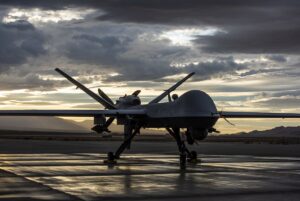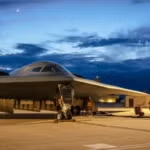
Sen. Mark Kelly (D-Ariz.) suggested on May 10 that the General Atomics MQ-9 Reaper could provide significant intelligence, surveillance, and reconnaissance (ISR)/strike benefits to U.S. and allied forces in the future, even against higher technology adversaries. "The Air Force has been reluctant to invest in upgrading the platform and proposes to retire it, potentially in 2035, even as the demand from combatant commanders for the system remains high," Kelly said during a Senate Armed Services Committee hearing to hear from…














